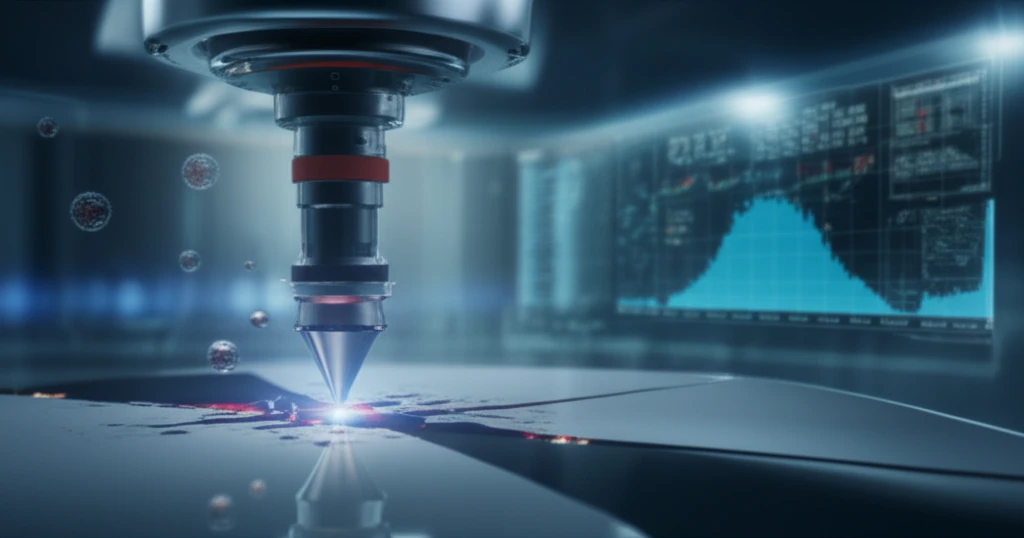
Unlocking the Secrets of Wear: A New Microscope Method Reveals All
"Scientists develop a revolutionary method using atomic force microscopy to measure and understand wear at the nanoscale, promising insights for everything from microdevices to materials science."
The world around us is constantly in motion, and with every interaction, materials experience wear. From the microscopic components of our smartphones to the massive gears of industrial machinery, understanding how materials degrade over time is crucial. Now, scientists have developed a groundbreaking new method to examine this process at the atomic level, using a technique called atomic force microscopy (AFM).
This innovative approach, described in a recent scientific publication, offers unprecedented insights into the mechanisms of wear. By measuring the minute changes in a material's surface, researchers can now gain a deeper understanding of the forces and processes that lead to degradation. This knowledge promises to revolutionize how we design and manufacture everything from tiny microdevices to large-scale engineering projects.
The key to this new method lies in its simplicity and precision. By focusing on the contact area between surfaces, researchers can determine the rate of material removal without relying on complex assumptions or specialized equipment. This opens the door to a new era of wear testing, one that's more efficient, accessible, and capable of revealing the fundamental principles governing material degradation.
How the New AFM-Based Method Works: A Step-by-Step Guide

At the heart of this new method is the atomic force microscope (AFM), a powerful tool capable of imaging surfaces at the nanoscale. AFM works by using a tiny probe, essentially a microscopic needle, to scan across a surface. As the probe encounters features, it deflects, allowing researchers to create detailed maps of the surface.
- Scanning with the AFM: The AFM probe is used to scan the surface of a material, such as silicon, to measure the contact area.
- Measuring the contact area: The contact area is determined by scanning the worn probe against a sample with sharp spikes. This allows researchers to analyze the shape of the probe and determine how much material has worn away.
- Calculating the Wear Rate: Using this information, along with measurements of the probe's geometry, the researchers can calculate the rate at which the material is being removed.
The Future of Wear Research and Beyond
This new AFM-based method represents a significant step forward in the study of wear. By providing a simple, yet powerful tool for measuring material degradation at the nanoscale, it opens up new avenues for research and development. With this technology, scientists and engineers can now more efficiently study wear, develop more durable materials, and create longer-lasting devices. As our world becomes increasingly reliant on nanoscale technologies, this method is sure to play a vital role in ensuring their reliability and longevity.
